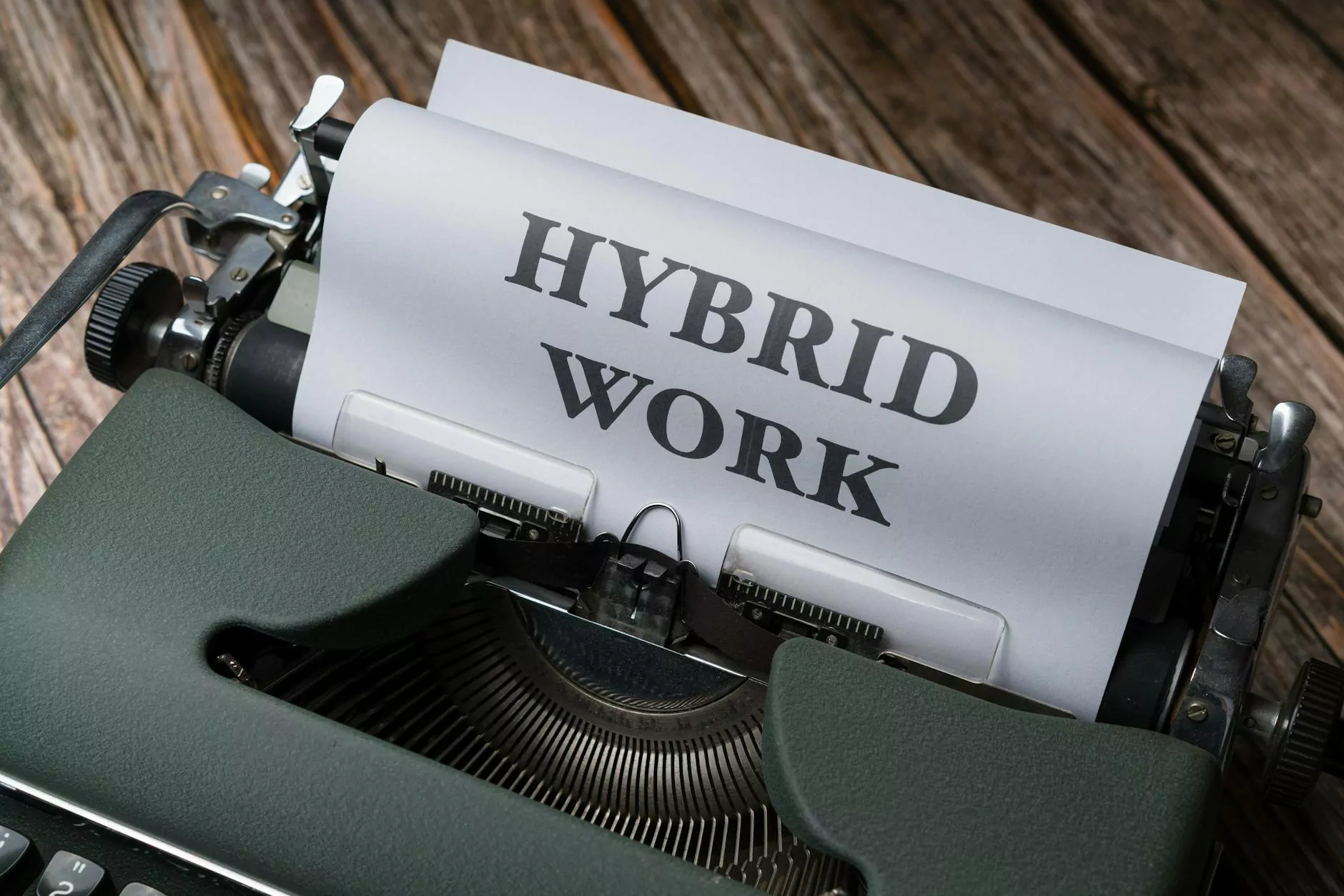Comma Use: Pause, Take a Break
CTLE Opportunities
Introduction
Welcome to the essential guide to understanding and mastering proper comma usage. Whether you are an aspiring writer, a student, or simply looking to improve your communication skills, comma placement plays a crucial role in enhancing the clarity and meaning of your writing.
Why are Commas Important?
Commas are punctuation marks that provide structure, rhythm, and clarity to sentences. They help to indicate pauses, separate ideas, and improve overall readability. Understanding the rules of comma usage is essential for effective communication and to avoid misinterpretation of your intended message.
The Rules of Comma Usage
1. Listing Items
One of the most common uses of commas is to separate items in a list. For example: "I bought apples, oranges, and bananas at the grocery store." By using commas to separate the items, we can clearly identify each individual element.
2. Separating Independent Clauses
When combining two independent clauses (complete thoughts) within a sentence, a comma is typically used before coordinating conjunctions such as "and," "but," or "or". For instance: "She loves to read, and he enjoys playing sports."
3. Setting Off Introductory Elements
When starting a sentence with an introductory word, phrase, or dependent clause, a comma is used to separate it from the main clause. For example: "After a long day at work, I decided to go for a walk."
4. Appositives
Commas are used to set off appositives, which are words or phrases that provide additional information about a noun. For instance: "My friend, a talented artist, painted a beautiful portrait."
5. Direct Address
When directly addressing someone or something within a sentence, a comma is used to set off the name or title. For example: "John, could you please pass the salt?"
6. Nonessential Clauses and Phrases
Nonessential clauses and phrases, which can be removed without changing the main meaning of a sentence, are set off by commas. For instance: "The book, which was written by a famous author, has become a bestseller."
Examples of Proper Comma Usage
Let's explore a few practical examples to solidify our understanding of proper comma placement in different contexts.
Example 1: Listing Items
A well-stocked toolbox should include a hammer, screwdriver, wrench, pliers, and a tape measure.
Example 2: Separating Independent Clauses
She arrived early for the meeting, but everyone else was running late.
Example 3: Setting Off Introductory Elements
In preparation for the marathon, he trained rigorously for months.
Example 4: Appositives
My grandfather, a retired army veteran, shared captivating stories from his service.
Example 5: Direct Address
Sarah, can you please pass me the salt?
Example 6: Nonessential Clauses and Phrases
The dog, who had been missing for days, was found safe and sound.
The Importance of Proper Comma Usage in Writing
Effective comma usage goes beyond grammar rules; it significantly impacts the overall quality of your writing. Employing commas correctly can:
- Enhance Clarity: Commas help to separate ideas and prevent confusion, ensuring that readers grasp the intended meaning effortlessly.
- Control Pace and Rhythm: Proper comma placement adds natural pauses, allowing readers to follow along with ease and engage with the text.
- Improve Readability: By structuring sentences effectively, using commas appropriately enhances the flow and readability of your writing.
- Show Attention to Detail: Demonstrating mastery in punctuation, including comma usage, reflects your commitment to producing polished and professional written work.
Conclusion
Mastering comma usage is an essential skill for effective communication and writing. By understanding the rules and applying them correctly, your sentences will possess clarity, rhythm, and precision. Remember, commas provide the much-needed pauses that allow your readers to digest information and comprehend your intended message. So next time you embark on a writing endeavor, embrace the humble comma, and let it work its magic!









